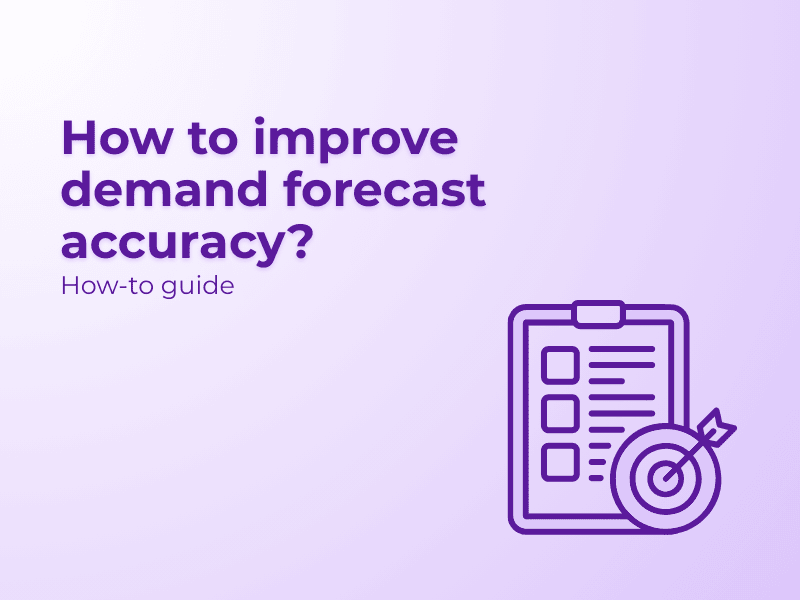
In today's world, analytics is essential for companies to make intelligent and well-thought-out decisions. Decisions based on concrete, updated and relevant data. Operations that fall within the supply chain generate enormous amounts of data.
These data must be studied to show possible patterns that can then be used to generate work, operational or business plans. Supply chain analytics can include the management of novel tools such as artificial intelligence and analytics technology.
Analytics is a process of automatic analysis of numerous data that are then used for supply chain optimization. This is done by identifying errors in forecasts and better visualizing opportunities, specifying needs and including innovations.
Supply chain analytics can be executed with different methodologies:

It is used to make visible all internal and external data related to supply chains, unifying all information.
It is the ideal analytical method for solving forecasting errors or any other type of problem and thus increasing the company's performance and productivity. It is also the type of analytics that optimizes relationships with logistics to reduce efforts and time.
It is an analysis for understanding projections and probable outcomes in the future and the consequences. It is an exam that serves to reduce risks.
It is used to address complex or precise issues within the chain. For example, to optimize certain tasks through employee natural language analysis.
In short, supply chain analytics can have a positive impact on the rest of the decisions that fall within the competence of the other departments of the company. Establish order in the way in which decisions will be made, talent is retained and hired, and new tools, equipment and machinery are implemented in accordance with the study of data.

Big data analytics can overcome the limitations of technologies that don't analyze data in real time. In addition, artificial intelligence can quickly correlate different sources of information and arrive at very accurate interpretations that in the future can promote new business models.
Supply chain analytics works by connecting unstructured data from different networks. Even data obtained from the Internet of Things and other more conventional databases, for example, ERP tools.
It is also a scalable study that generates quick comprehensive insights. This cloud analytics makes it easier to collaborate with other companies and makes business alliances much more effective.
Supply chain analytics works by optimizing the following parts of the supply chain:
If you are looking for your company the ability to anticipate customer needs and provide them with first-class service, you can use our artificial intelligence solution with a secure and simple implementation. Contact us
.png)
.png)
.png)

